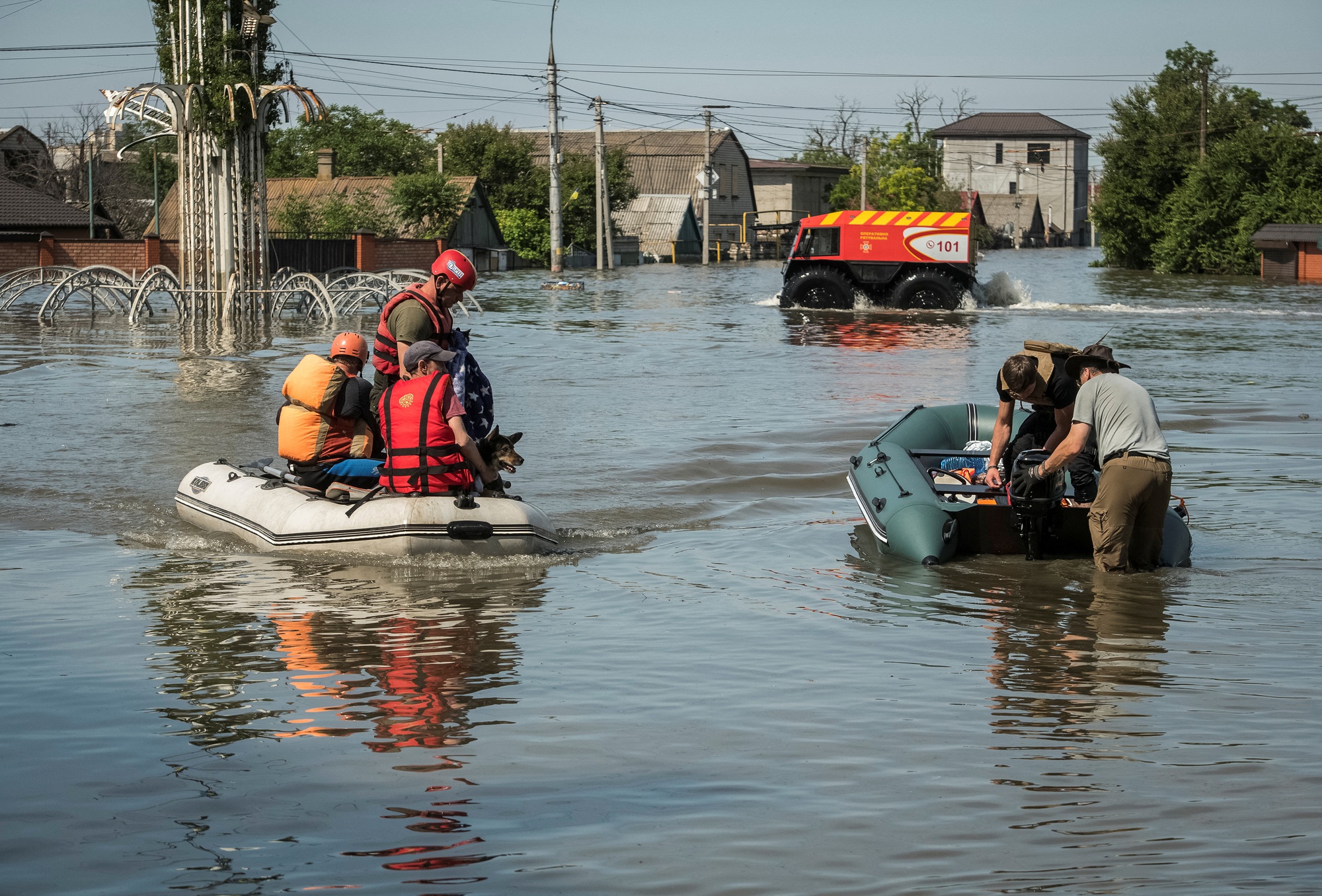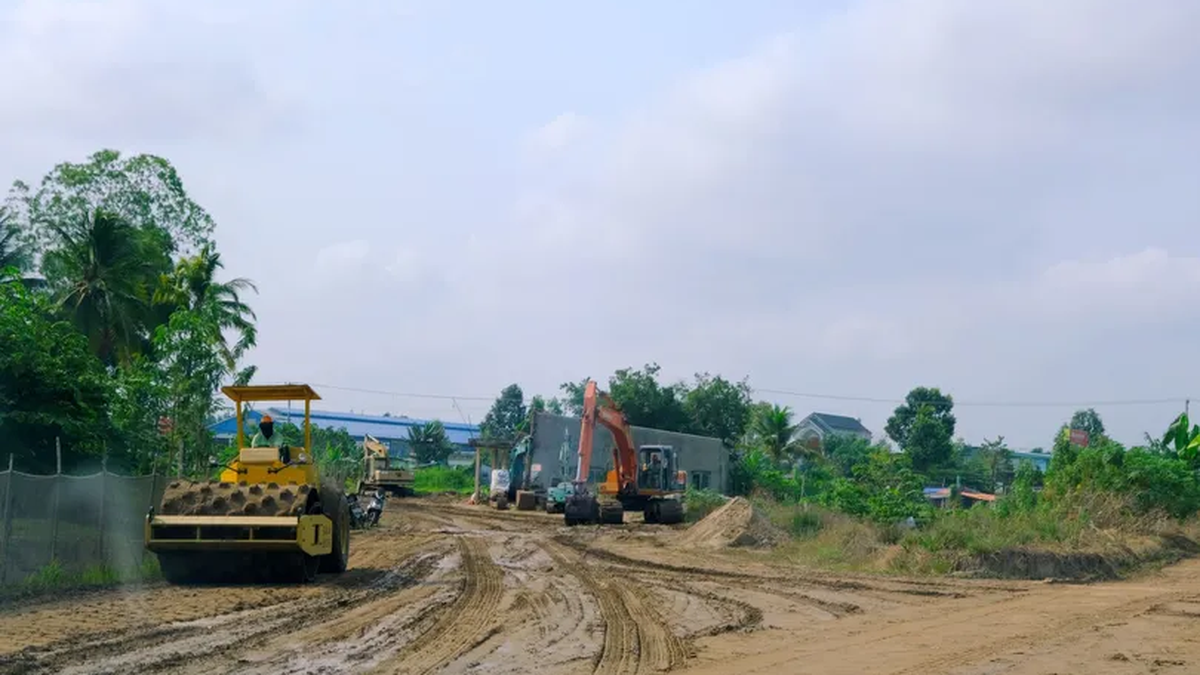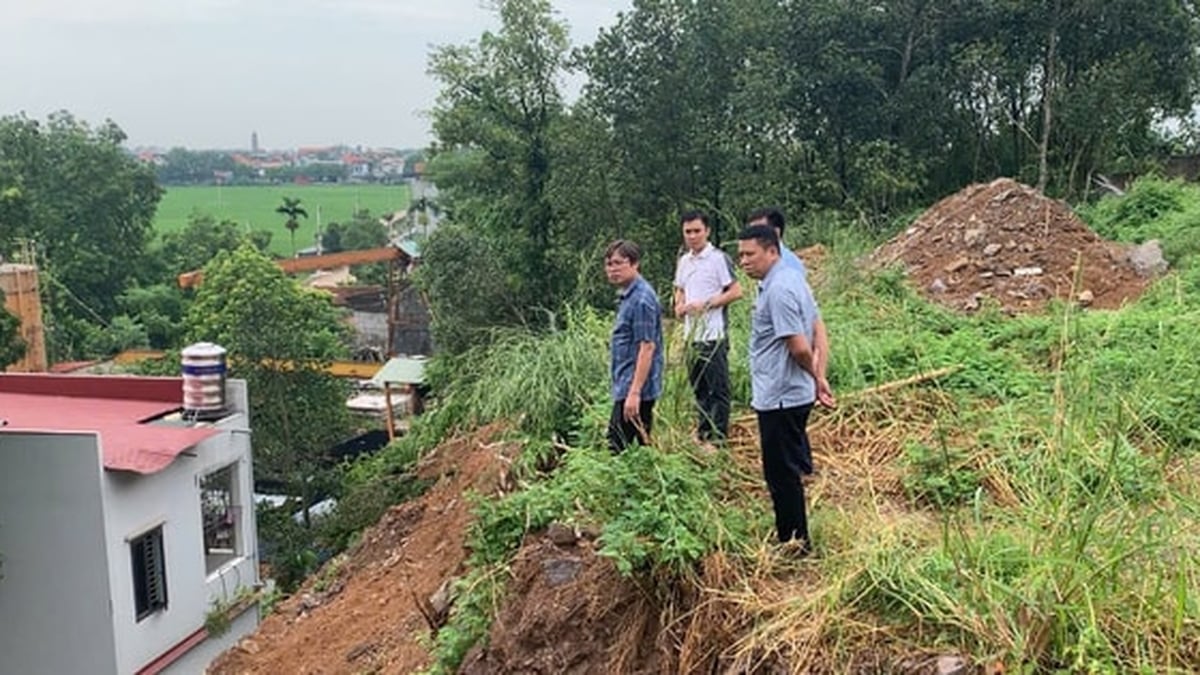The international community is expressing concern about the safety of the Zaporizhzhia nuclear power plant after the collapse of the Nova Kakhovka hydroelectric dam on the Dnipro River in the Kherson region on June 6.
Kherson region is located in southern Ukraine but was annexed by Russia in October 2022 following a referendum there. Meanwhile, Zaporizhzhia is home to Europe's largest nuclear power plant and is currently controlled by Russian forces.
Before the incident, the Nova Kakhovka Dam reservoir was supplying water to cool six reactors, spent fuel and emergency generators at the nearby Zaporizhzhia plant. Although the plant’s reactors are no longer operational, they still need cooling water to ensure that a nuclear disaster does not occur.
Ukraine, which suffered the Chernobyl nuclear disaster in 1986, has sounded the alarm. Mykhaylo Podolyak, an aide to the Ukrainian president, said the world was “once again on the brink of a nuclear disaster” as the Zaporizhzhia plant lost its cooling source and the danger was now increasing rapidly.

People are evacuated from a flooded area on June 7, a day after the collapse of the Nova Kakhovka hydroelectric dam in the Kherson region. Photo: REUTERS
At the United Nations Security Council meeting on June 6 (New York City time - US), Russia and Ukraine continued to blame each other for the dam collapse. Meanwhile, the US said it was "not sure" who caused the incident but said Ukraine's destruction of the dam was unreasonable.
Separately, Mr. Zhang Jun, China's ambassador to the UN, expressed concern that the dam destruction could endanger the Zaporizhzhia plant, and urged Ukraine and Russia to ensure this did not happen.
"We call for maximum restraint, avoiding statements and actions that could escalate confrontation and lead to miscalculation, and maintaining the safety and security of the Zaporizhzhia nuclear power plant," Zhang Jun added.
Responding to what happened in Kherson, the International Atomic Energy Agency (IAEA) said on June 6 that it was considering options to have enough cooling water, although it determined that there was still no "immediate nuclear safety risk".
IAEA Director General Rafael Mariano Grossi said the water level in the reservoir was around 16.4 metres earlier today. If it falls below 12.7 metres, water from the reservoir can no longer be pumped to cool the plant.
Mr Grossi predicted that this scenario could happen “within days”. The official also warned that without cooling water for a long time, the fuel would melt and the emergency power system would be unable to operate.
However, in a statement released later, the IAEA said there were several alternative sources of cooling water, including a cooling pond located next to the plant. This pond is currently full, enough to provide for "several months". Therefore, according to Reuters , the IAEA called on all parties to ensure that this cooling water source is not compromised in the future.
In addition to threatening the safety of the Zaporizhzhia plant, the dam collapse also forced tens of thousands of people living nearby to evacuate to avoid flooding. At least 16,000 people have been left homeless, according to the UN, and efforts are underway to provide clean water, money and legal assistance to those affected.
UN spokesman Stephane Dujarric said the flooding caused by the dam collapse would have serious and long-term consequences for the humanitarian situation in the area, as floodwaters could carry mines and explosives to new locations.
Source

























![[Photo] National Assembly Chairman Tran Thanh Man visits Vietnamese Heroic Mother Ta Thi Tran](https://vphoto.vietnam.vn/thumb/1200x675/vietnam/resource/IMAGE/2025/7/20/765c0bd057dd44ad83ab89fe0255b783)








































































Comment (0)